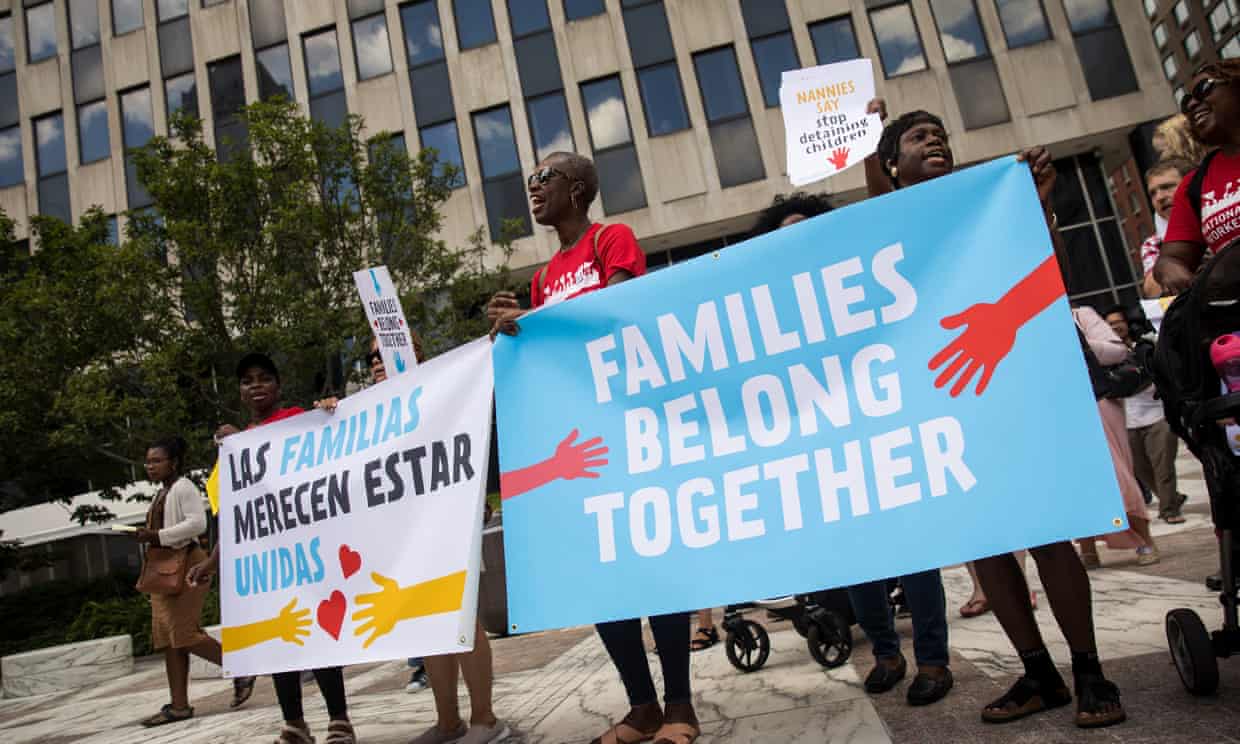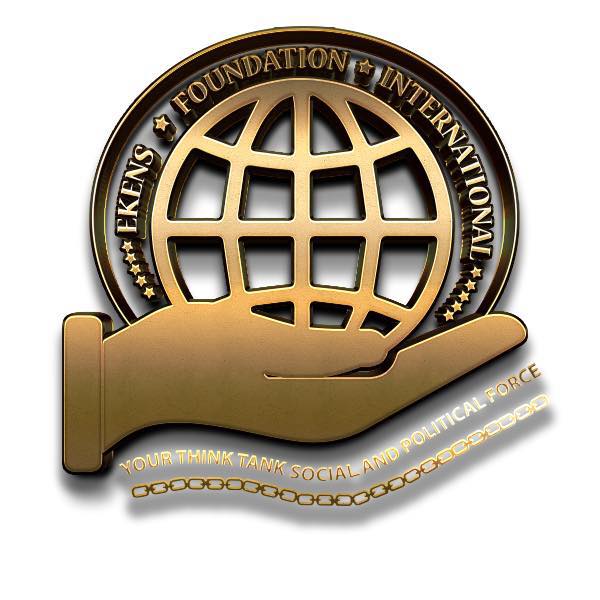info@ekensfoundation.org

Judge orders reunification of thousands more immigrant families separated under Trump
A federal judge who ordered that more than 2,700 children be reunited with their parents has expanded his authority to potentially thousands more children who were separated at the border earlier during the Trump administration.
Thank you for reading this post, don't forget to subscribe!Dana Sabraw ruled late Friday that his authority applies to any parents who were separated at the border on or after 1 July 2017. Previously his order applied only to parents whose children were in custody on 26 June 26 2018.
Sabraw said his decision responds to a report by the US Health and Human Services Department’s internal watchdog that said thousands more children may have been separated since the summer of 2017. The department’s inspector general said the precise amount was unknown.
he court made clear that potentially thousands of children’s lives are at stake and that the Trump administration cannot simply ignore the devastation it has caused,” said Lee Gelernt, the ACLU’s lead attorney in the lawsuit.
The judge says he will consider the next steps on 28 March.
The first move may be to identify the separated families, no easy task because the government didn’t have an adequate tracking system at the time.
The administration argued that it would be difficult to identify families, the children were no longer in its custody, and the children would likely be emotionally harmed if they were removed from their current homes.
Justice Department attorney Scott Stewart told the judge last month it would be a “significant burden” to add families and “blow the case into some other galaxy” after the administration had “done all things to correct the wrong
“The hallmark of a civilized society is measured by how it treats its people and those within its borders,” he wrote.
“That defendants may have to change course and undertake additional effort to address these issues does not render modification of the class definition unfair; it only serves to underscore the unquestionable importance of the effort and why it is necessary (and worthwhile).”
Justice Department spokesman Steven Stafford declined to comment on the ruling.
Sabraw wrote that identifying separated parents and their children “may be burdensome, (but) it clearly can be done.”
Jallyn Sualog, deputy director of Health and Human Services’ Office of Refugee Resettlement, said in court filing that it would take up to eight hours to review each of its 47,083 cases between July 1, 2017, and Sabraw’s June order, which translates to 100 employees working up to 471 days. Such an assignment would “substantially imperil” operations without a “rapid, dramatic expansion” in staffing.
The vast majority of separated children are released to relatives, but many are not parents. Of children released in the 2017 fiscal year, 49% went to parents, 41% to close relatives like an aunt, uncle, grandparent or adult sibling and 10% to distant relatives, family friends and others.
The Health and Human Services inspector general said in January that a “steep increase” in separations began in the summer of 2017, before the administration announced a “zero tolerance” policy on illegal border crossings to criminally prosecute every adult, even if it meant splitting families.

